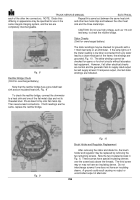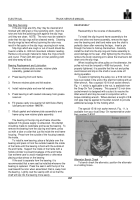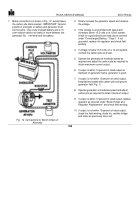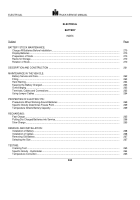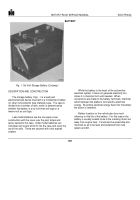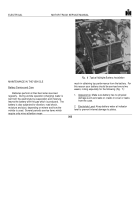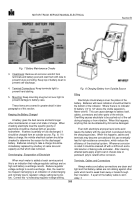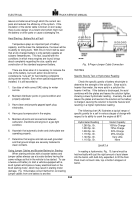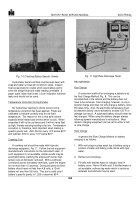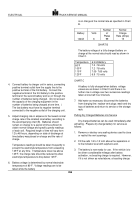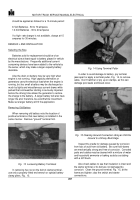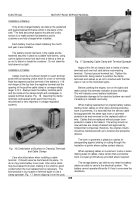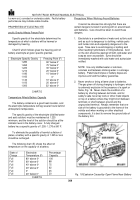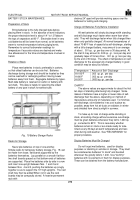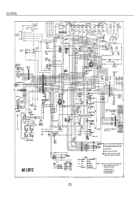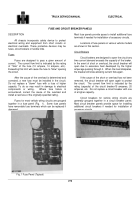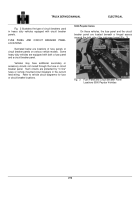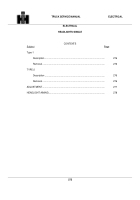TM-5-3805-254-14-P-2 - Page 270 of 894
ELECTRICAL
TRUCK SERVICE MANUAL
4.
Connect battery to charger unit in series, connecting
positive terminal outlet from the supply line to the
positive terminal of the first battery.
Connect the
negative terminal of the first battery to the positive
terminal of the second battery and so on through the
number of batteries being charged.
(Do not exceed
the capacity of the charging equipment in the
number of batteries being charged at one time.
)
The last battery must have its negative terminal
connected to the negative outlet of the charging unit.
5.
Adjust charging rate in amperes to the lowest normal
charge rate of the smallest size battery according to
the accompanying chart (B).
Batteries should
remain on charge for a period of time sufficient to
obtain normal voltage and specific gravity readings
of each cell.
Required length of time will vary from
12 to 48 hours, depending on state of discharge at
time battery was placed on charge and the rate of
charge.
Temperature readings should be taken frequently to
prevent the electrolyte temperature from exceeding
125
°
F at any time.
If temperature does rise above
125°F, the charge rate should be reduced to allow
electrolyte temperature to drop below 125°F.
6.
Battery voltage is determined by normal electrolyte
temperature of 80
°
F.
Voltage readings are to be
taken while the battery
is on charge at the normal rate as specified in Chart
B.
Number
Normal
Battery
Volts
of
Charge
Plates
Rate (Amps)
1424X
6
99
15
CHART B
The battery voltage of a fully charged battery on
charge at the normal rate should read as shown in
Chart C.
Temperature
6-Volt-Battery
80
°
F
7.5 -7.8 volts
100°F
7.2 -7.8 volts
110°F
7.05- 7.65 volts
120
°
F
6.9 -7.5 volts
CHART C
A battery is fully charged when battery
voltage
values are as shown in Chart C and there is no
further rise in voltage over two successive readings
taken at one-half hour intervals.
7.
Add water as necessary; disconnect the batteries
from charging line; replace vent plugs; wash and dry
tops of batteries and return to service or the storage
rack.
Putting Dry Charged Batteries into Service
Dry charged batteries can be used immediately after
activating.
Prepare dry charge battery for service as
follows:
1.
Remove or destroy any sealing device used to close
or restrict the vent openings.
2.
Fill the cells 1/4 to 1/2 inch above the separators or
to the indicator level with sulphuric acid.
3.
The battery is now ready for use.
If the vehicle is to
be driven considerable mileage after battery
activation, no boosting charge is required.
However,
if it is not driven as noted above, a boosting charge
266
Back to Top

